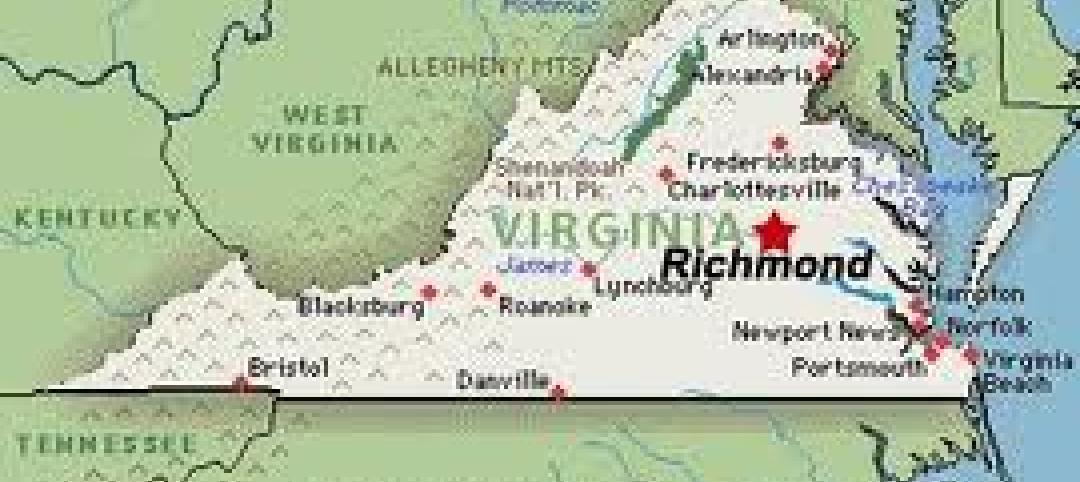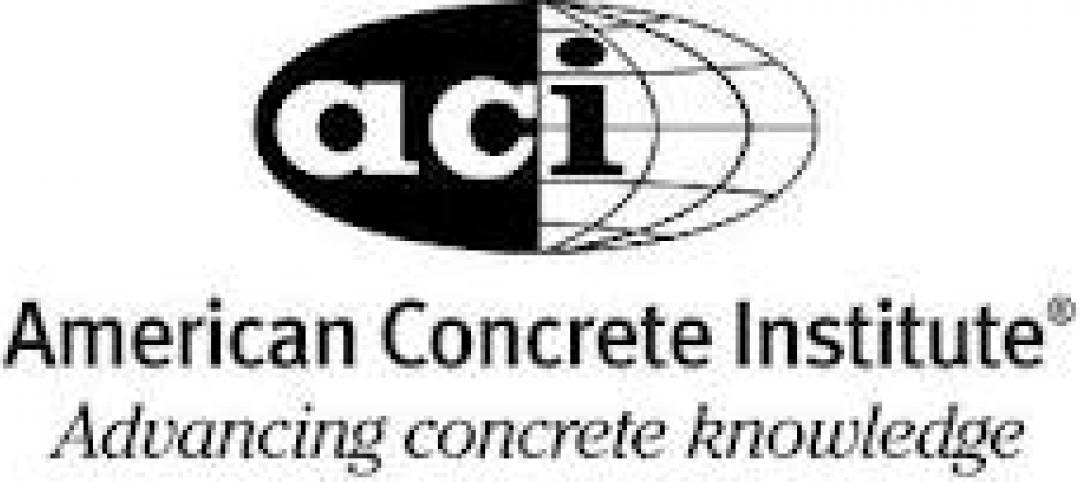Oregon’s new commercial building code will create an energy efficiency increase in commercial buildings estimated at more than 14% from the previous code.
The 2019 Oregon Zero Energy Ready Commercial Code went into effect Oct. 1, 2019, and is now in a three-month transition period until January 1, 2020 when it will be fully enforced on new projects. The new code is based on ASHRAE 90.1-2016. The previous code was based on the IECC 2009.
Among the new requirements:
· Manual lighting controls are now required for all spaces and the area of control is increased to 2,500 sf. In larger spaces, the new code allows a manual switch to control an area up to 10,000 sf.
· The occupancy sensor shut-off time delay is reduced from 30 minutes to 20 minutes for added energy savings.
· The list of spaces requiring occupancy sensors is expanded to now include corridors, lobbies, library stacks, lecture halls, multipurpose rooms, stairwells, and warehouses.
· A new requirement called “Automatic partial-off”, reduces lighting power by at least 50% when there is no occupancy in corridors, lobbies, library stacks, classroom laboratories, stairwells, warehouses, and large storage rooms.
· A secondary sidelight daylighting control zone is added adjacent to the primary sidelight zone.
· A new parking garage lighting provision is added requiring lighting shut-off, 30% light power reduction when there is no activity, vehicle entrance and exit lighting controls, and daylighting controls.
Related Stories
| Mar 1, 2012
California bill aims to cut costs for commercial building energy retrofits
A bill in the California Assembly would allow the state to pool together property owners’ energy-retrofit loans.
| Feb 29, 2012
Carvalho appointed Shawmut Safety Director
He has been a driving force behind multiple safety-orientated initiatives at Shawmut, including Safety Week, the creation of an online safety manual, and the implementation of a new safety reporting and tracking system.
| Feb 23, 2012
Federal budget cuts put major building projects on hold
A plan to build the National Bio and Agro-Defense Facility in Kansas is among several major building projects in jeopardy after the Obama administration’s 2013 budget was unveiled. The budget would cut all construction spending for the facility.
| Feb 23, 2012
Federal agencies fixed on leasing LEED-certified space
The federal government is especially focused on renting LEED-certified spaces.
| Feb 23, 2012
Regulators investigating construction accident at World Trade Center
The New York Port Authority and the city’s fire and building departments are investigating an accident at the World Trade Center construction site in lower Manhattan after a crane dropped steel beams that fell about 40 stories onto the truck that delivered them.
| Feb 23, 2012
New Virginia statewide building code goes into effect March 1
After March 1, all building plans in Virginia must adhere to the 2009 code that was adopted a year ago.
| Feb 23, 2012
Privatizing flood insurance could lead to new code requirements
One thing that could pave the way toward private flood insurance would be NFIP reforms, like requiring new construction in flood-prone areas to be elevated.
| Feb 22, 2012
ACI BIM manual for cast-in-place concrete in development
The improved communication, coordination, and collaboration afforded by BIM implementation have already been shown to save time and money in projects.















